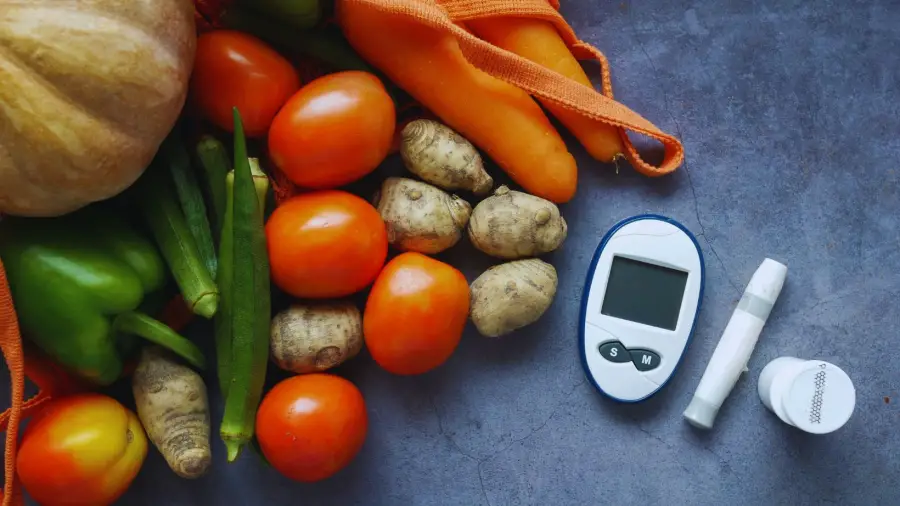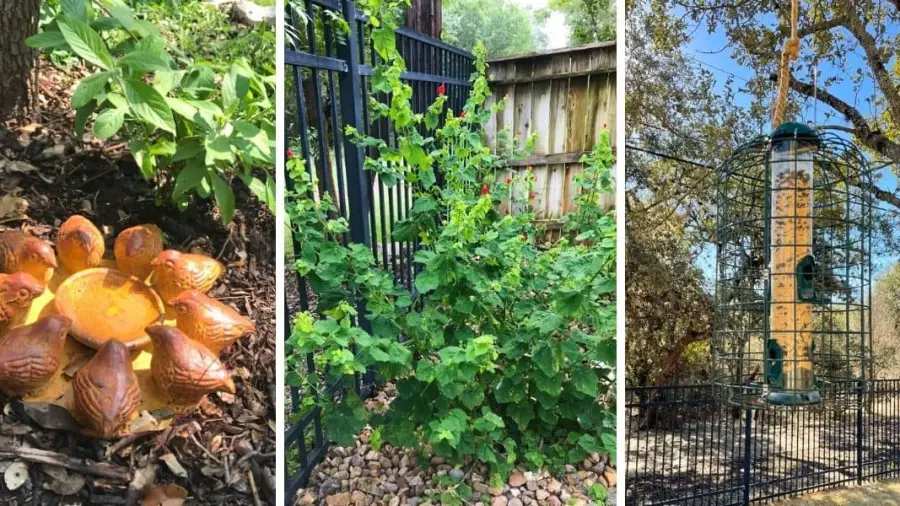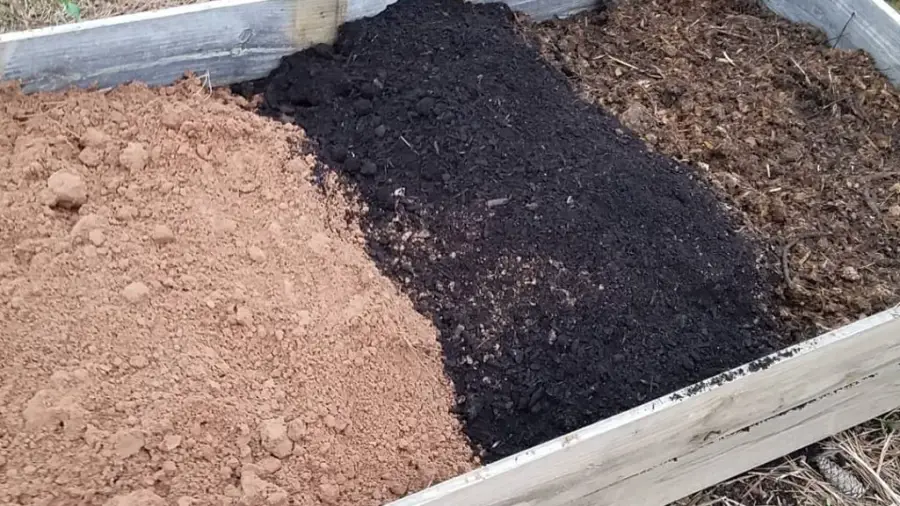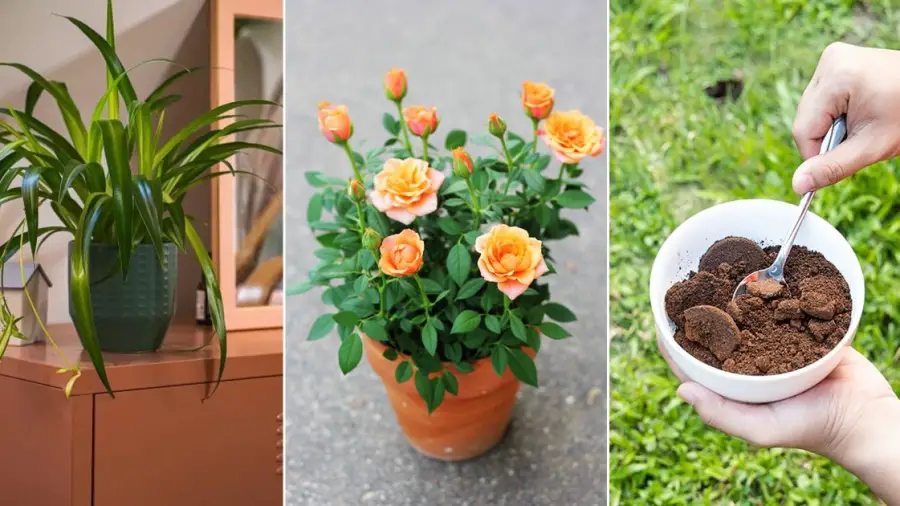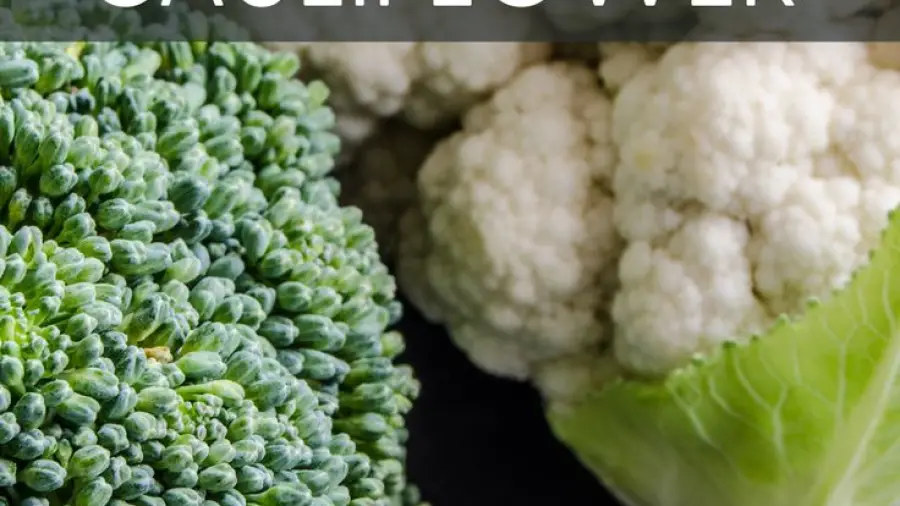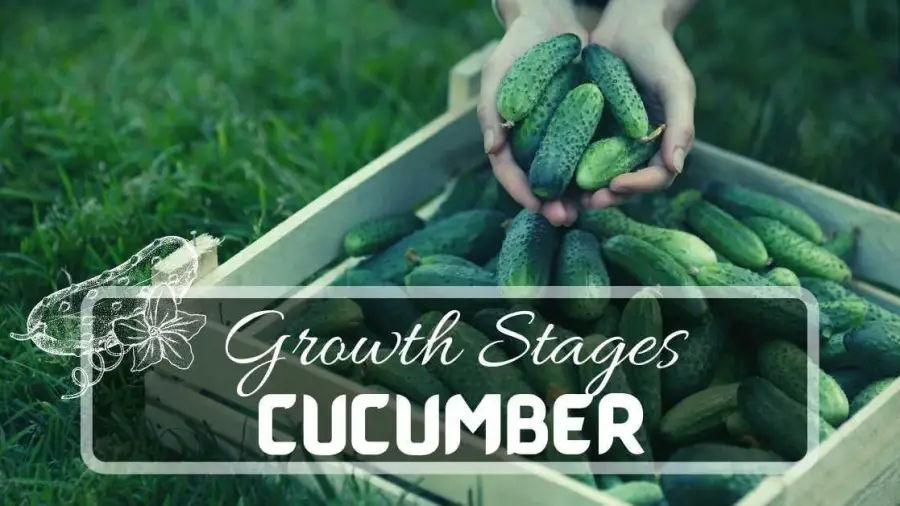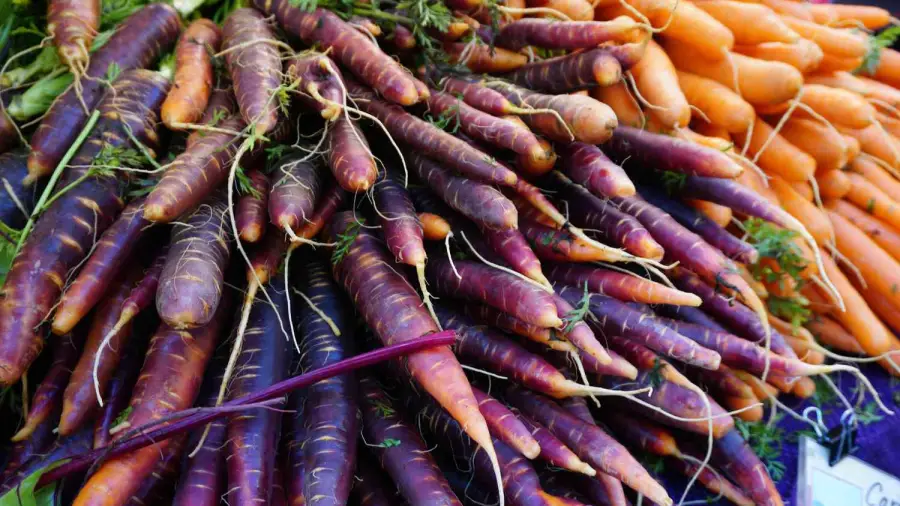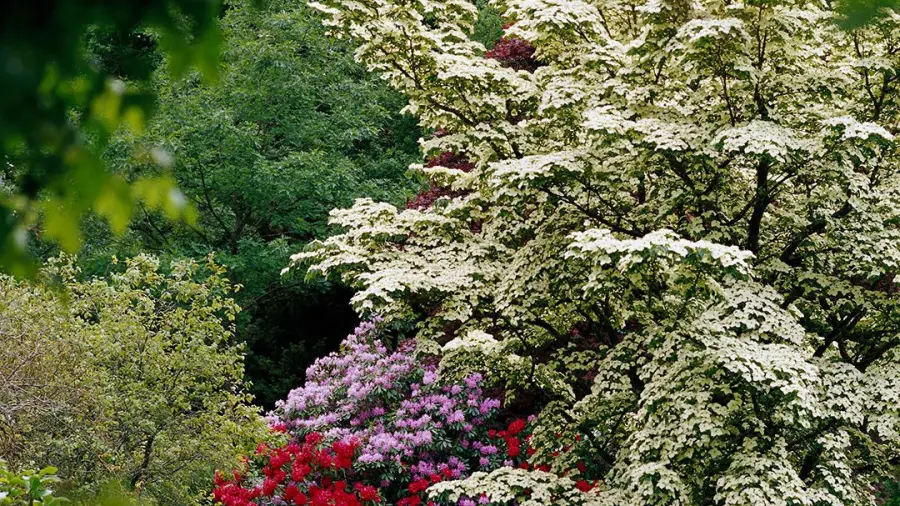Cucumber plant stages encompass seed germination, seedling emergence, vine growth, flowering, fruiting, maturation, and harvest. These stages transition from tiny seeds to ripe cucumbers ready for picking.
Growing cucumbers can be both rewarding and straightforward when you understand the life cycle of the plant. Each stage of development, from the initial planting of seeds to the joy of harvesting, requires particular care and conditions to ensure a bountiful crop.
Observing these stages allows gardeners to provide the right amount of water, sunlight, and nutrients needed at specific times. Proper care during each stage results in healthy growth and maximizes yield. Understanding the progression from seed to harvest is essential for both novice and experienced gardeners aiming to enjoy crisp, homegrown cucumbers straight from their garden.
Seed Germination: The Cucumber Journey Begins
The first stage in growing cucumbers is seed germination. This critical phase sets the foundation for a healthy cucumber plant. Understanding how seeds turn into seedlings will help ensure a bountiful harvest. Let’s explore the conditions and timeline for cucumber seed germination.
Ideal Conditions For Germination
For cucumber seeds to sprout, they need the right environment. The ideal conditions involve temperature, moisture, and soil quality. Here’s what to provide:
- Temperature: Warmth is crucial. Aim for 70-95°F (21-35°C).
- Moisture: Keep the soil consistently moist, but not soggy.
- Soil: Use a loose, nutrient-rich mix that drains well.
Providing these conditions will give your seeds the best start.
Time Frame For Sprouting
Cucumber seeds are eager to grow. Once planted under the right conditions, you can expect to see sprouts in 3-10 days. Keep an eye on the moisture level during this period. Your patience will soon be rewarded with the emergence of tiny green shoots pushing through the soil.
Remember to mark the date you plant your seeds. Tracking the days helps you manage your plants better. This timeframe helps you anticipate their needs as they grow.
| Day Range |
Germination Status |
| 1-3 days |
Seeds absorbing moisture |
| 4-7 days |
Roots start to develop |
| 8-10 days |
Shoots emerge from soil |
With the right care, your cucumber seedlings will be on their way to becoming healthy plants. The journey from a simple seed to a crunchy cucumber is truly a fascinating one! Keep an eye on the sprouts, provide them with love and attention, and you’ll be on track for a successful harvest.
Seedling Emergence: First Glimpse Of Green
The journey of a cucumber from seed to harvest is truly remarkable. Among the numerous stages, seedling emergence marks a significant milestone. It’s the moment when tiny sprouts push through the soil. This phase is full of excitement and critical for young cucumbers. Let’s explore the early development and what to expect.
True Leaves Vs. Cotyledons
After the seedling breaks through the soil, the first set of leaves appears. These are not “true leaves.” They’re called cotyledons, or seed leaves. They’re different from the foliage that will grow later. Cotyledons serve as the seedling’s first food source. They’re round and thick, compared to the true cucumber leaves that will follow.
The true leaves start as tiny growths between the cotyledons. Once they develop, they will have a different shape, usual for a cucumber plant. They’re the ones that will photosynthesize and help the plant grow.
Transitioning To Natural Light
Young seedlings often start their life indoors, under controlled light conditions. They need plenty of light without harsh conditions. Gradually, they must adjust to the sun’s intensity. This process is known as hardening off. Without it, the tender plants can get sunburned and stressed.
- Begin with 1-2 hours of sunlight per day.
- Increase the exposure by an hour daily.
- Choose a spot with gentle morning light.
- Monitor for wilting and decrease sun if needed.
Proper light transition ensures a strong, healthy cucumber plant. It’s ready for the challenges ahead and a bountiful harvest.
Vegetative Growth: Establishing A Strong Foundation
Vegetative growth marks a crucial phase in a cucumber plant’s journey. Here, plants focus on building leafy greens and sturdy stems. It’s the time when plants gather energy from the sun and essential nutrients from the soil. This stage sets the stage for bountiful harvests. Let’s explore two pillars of vegetative growth: fertilization and pruning.
The Role Of Fertilization
Just like a healthy diet is key for us, right fertilization is vital for cucumbers.
| Weeks after Planting |
Fertilizer Type |
Quantity |
| 2-3 |
Nitrogen-rich |
1/2 cup per plant |
| 4-5 |
Complete fertilizer |
1 cup per plant |
Be sure to distribute fertilizer evenly around the plant. Avoid direct contact with the stems and leaves.
Pruning And Training Young Plants
Pruning helps plants focus their energy. Training supports healthy growth patterns.
- Pinch off the tips of the main vine to promote side shoots.
- Remove any yellow or dead leaves to prevent disease.
- Use stakes or trellises to guide the vines upwards.
Pruning and training bring sunlight and air to all parts of the plant. This boosts growth and health.
Flowering Phase: Blossoms Signal The Next Chapter
Welcome to the flowering phase of your cucumber plants! This stage is an exciting transition from leafy growth to the promise of future cucumbers. Yellow blossoms unfurl, indicating that your plants are ready to produce fruit. Understanding the dynamics of this phase is crucial for a bountiful harvest.
Cucumbers have separate male and female flowers on the same plant, a condition known as monoecious. Recognizing the difference between these two is key to understanding their roles in cucumber production.
- Male flowers usually appear first and attach to the vine with thin stems.
- Female flowers have a tiny cucumber-shaped ovary at the base.
Pollination Essentials
For fruit development, pollination is crucial. This key process is what turns flowers into cucumbers. Bees and other pollinators play a vital role in this transition.
- Pollinators visit male flower, gathering pollen.
- They then transfer pollen to the female flower.
- The ovary swells and begins forming a cucumber.
Hand pollination is an option if natural pollinator visits are low. Using a small paintbrush to transfer pollen from male to female flowers can achieve this.
Successful pollination will lead your cucumber plants into the fruit development stage, bringing you one step closer to harvest.
Fruit Development: Cucumbers Take Shape
Prepare to be amazed as we journey through fruit development—the exciting stage where cucumbers take shape. Picture tiny flowers transitioning into the crunchy cucumbers we know and love! Let’s explore the care this stage demands to ensure a bountiful harvest.
Caring For Growing Cucumbers
As cucumbers grow, they crave attention. Provide ample support using trellises or stakes. Ample support means straighter cucumbers and better air circulation. Check the soil moisture regularly—the goal is consistent dampness. Mulch assists in retaining moisture and combating weeds. Feeding plants with a balanced fertilizer encourages robust growth.
- Support vines to promote good shape.
- Maintain moist soil without overwatering.
- Use mulch to minimize weeds and preserve moisture.
- Fertilize for vigorous plants.
Monitoring For Pests And Diseases
Regularly inspect your cucumber plants as they are prone to pests and diseases. Look for signs of infestation like holes in leaves or wilted flowers. Common cucumber foes include aphids, spider mites, and powdery mildew. Act quickly if you spot trouble—remove affected areas and use appropriate organic pesticides.
| Pest/Disease |
Symptoms |
Action |
| Aphids |
Sticky leaves, slowed growth |
Apply organic insecticidal soap |
| Spider Mites |
Fine webs, yellowing leaves |
Introduce beneficial insects |
| Powdery Mildew |
White, powdery spots on leaves |
Use organic fungicides |
Ripening Stage: Nearing The Harvest
The Ripening Stage: Nearing the Harvest is a thrilling time for gardeners. This is when those tiny cucumber seeds have transformed into vines laden with crisp, green fruits. This phase is crucial. It determines not only the quantity but also the quality of your harvest. To achieve the best results, understanding the nuances of ripening is key. Let’s delve into the ripe details!
Identifying Peak Ripeness
Identifying peak ripeness in cucumbers is fairly straightforward. Look for a uniform green color, with no yellowing. The skin should be firm, yet the fruit should have a slight give when lightly squeezed. Another indicator is size; cucumbers typically reach full ripeness when they are around 6 to 9 inches long, depending on the variety. To test your crop’s readiness, pick a sample cucumber and taste it. The flavor should be mild and refreshing, not bitter or overly sweet.
Effects Of Watering On Ripening
Watering practices play an important role in the ripening stage. Consistent moisture helps ensure your cucumbers ripen uniformly. Avoid overwatering or underwatering, as both can cause stress to your plants, potentially affecting the taste and texture of your produce. Here’s a simple checklist for optimal watering during ripening:
- Morning watering to allow leaves to dry.
- Avoiding wet foliage at night reduces disease risk.
- Deep, less frequent watering promotes strong root growth.
- Use a mulch layer to retain soil moisture.
- Monitor soil moisture regularly with a finger test or moisture meter.
By keeping these factors in check, you can expect a bountiful and tasty cucumber harvest. Pay close attention during this stage to reap the rewards of your hard work!
Harvest Time: Reaping The Cucumber Bounty
The wait is over, and the fruits of your labor are ready to be picked. Cucumbers signal their readiness with a firm body and bright color. Picking the perfect time to harvest can ensure a crisp, fresh taste. Let’s dive into the best practices to collect your cucumber bounty.
Harvesting Techniques
Gentle hands and sharp eyes make the best harvesting tools. Use these steps for the perfect picking:
- Check cucumbers for a bright green color and firm feel.
- Use a sharp knife or clippers to cut the stem above the fruit.
- Harvest early morning for peak crispness.
- Avoid yanking to prevent plant damage.
Consistent harvesting encourages more cucumbers to grow.
Post-harvest Handling And Storage
Proper care post-harvest keeps cucumbers fresh and crunchy. Follow these steps:
- Wipe away any dirt or moisture.
- Refrigerate cucumbers quickly after harvesting.
- Store in a humid, cooler environment between 50-54°F.
- Keep cucumbers away from ethylene-producing fruits, like tomatoes and bananas.
Cucumbers last up to ten days with the right storage conditions. A bountiful harvest of cucumbers awaits with these methods.
Frequently Asked Questions For 7 Cucumber Plant Stages From Seeds To Harvest
How Long Does Cucumbers Take From Seed To Harvest?
Cucumbers typically take 50 to 70 days to grow from seed to harvest. Factors like variety and growing conditions can affect this timeline.
What Is The Timeline For Cucumbers?
Cucumbers typically take 50-70 days to grow from seed to harvest. Plant the seeds outdoors or start indoors a few weeks prior to ensure a successful yield within this timeframe.
What Are The Steps Of A Cucumber Plant?
Cucumber plant growth involves five steps: seed germination, seedling development, vine growth, flowering, and fruiting. Each stage requires adequate sunlight, water, and nutrients for optimal health.
What Do Cucumbers Look Like When They First Start Growing?
Cucumbers initially sprout as small, round seedlings with a pair of oval-shaped leaves. As they grow, delicate vines and true leaves with a recognizable cucumber texture emerge.
Conclusion
Growing cucumbers can be a rewarding journey with the right guidance. We’ve mapped out the vital stages from sowing seeds to savoring the harvest. Remember, consistent care and attention to detail are essential. Embrace each stage and soon you’ll relish the fruits—rather, cucumbers—of your labor.
(You can check the link for Organic Cucumber Gardening: https://bonsainurserybd.com/organic-cucumber-gardening/)
Happy gardening!

